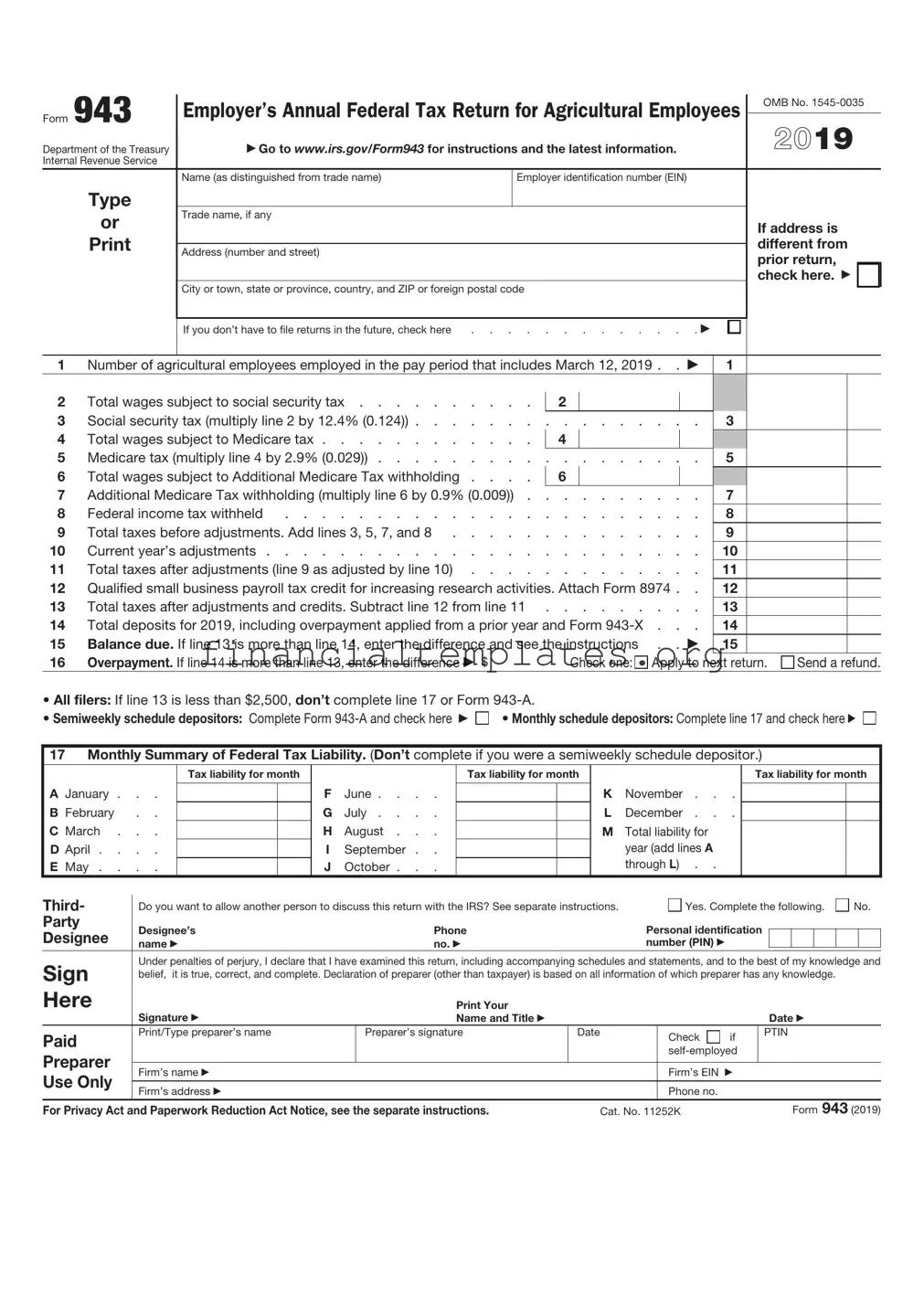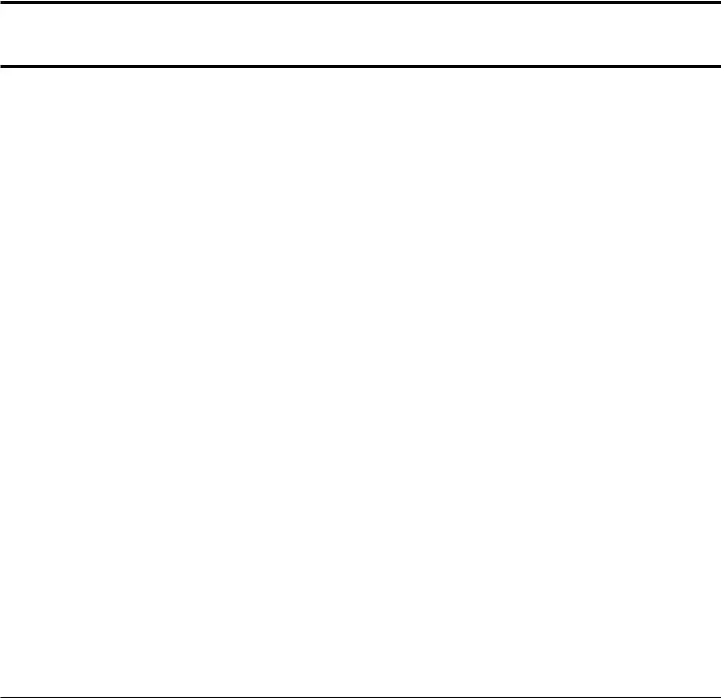The IRS Form 943 is closely related to Form 941, "Employer's Quarterly Federal Tax Return." Both are tax forms used by employers to report federal taxes withheld from their employees' wages. While Form 943 is specifically designed for agricultural employers reporting annual taxes withheld for farmworkers, Form 941 is used by most other employers on a quarterly basis. The primary similarity lies in their purpose of reporting employees' income, Social Security, and Medicare taxes that have been withheld by the employer.
Form 940, "Employer's Annual Federal Unemployment (FUTA) Tax Return," shares similarities with Form 943 in that both are annual filings required by the IRS from employers. Form 943 focuses on reporting federal income tax and FICA taxes withheld for farmworkers, whereas Form 940 is concerned with reporting unemployment taxes owed by the employer. Despite their different focuses, each form plays a crucial role in ensuring employers fulfill their tax obligations related to employment.
Another similar document is Form W-2, "Wage and Tax Statement." This form is issued by employers to report an employee's annual wages and the amount of taxes withheld from their paycheck. Similar to Form 943, which agricultural employers file to report taxes withheld for employees, Form W-2 provides this information on an individual employee basis. Both forms are integral in ensuring that employees are credited for their withheld taxes and that the IRS can accurately track income and tax obligations.
Form W-3, "Transmittal of Wage and Tax Statements," complements Form W-2 by summarizing the total wages and taxes reported by an employer on all issued W-2 forms. Like Form 943, which is used by agricultural employers to report aggregate employee tax withholdings, Form W-3 serves as a summary document, allowing the IRS to efficiently process employee wage and tax information. Both forms are essential for the compilation and review of reported tax information on a broader scale.
The IRS Form 944, "Employer's Annual Federal Tax Return," is also akin to Form 943. Form 944 is designed for smaller employers who have been notified by the IRS to file annually instead of quarterly (like with Form 941). The similarities between Forms 943 and 944 lie in their annual reporting requirement and their purpose, which is to report withheld income, Social Security, and Medicare taxes from employees' wages. However, Form 943 is specific to agricultural employers, while Form 944 can apply to a broader category of small employers.
Lastly, Form 1099-MISC, "Miscellaneous Income," is somewhat similar to Form 943 in that it involves reporting payments related to employment. While Form 943 is used by employers to report taxes withheld for employees, Form 1099-MISC is used to report payments made to independent contractors who are not considered employees. Both forms are part of the IRS's mechanism to capture income that is subject to federal tax, ensuring that all earnings are reported accurately.




